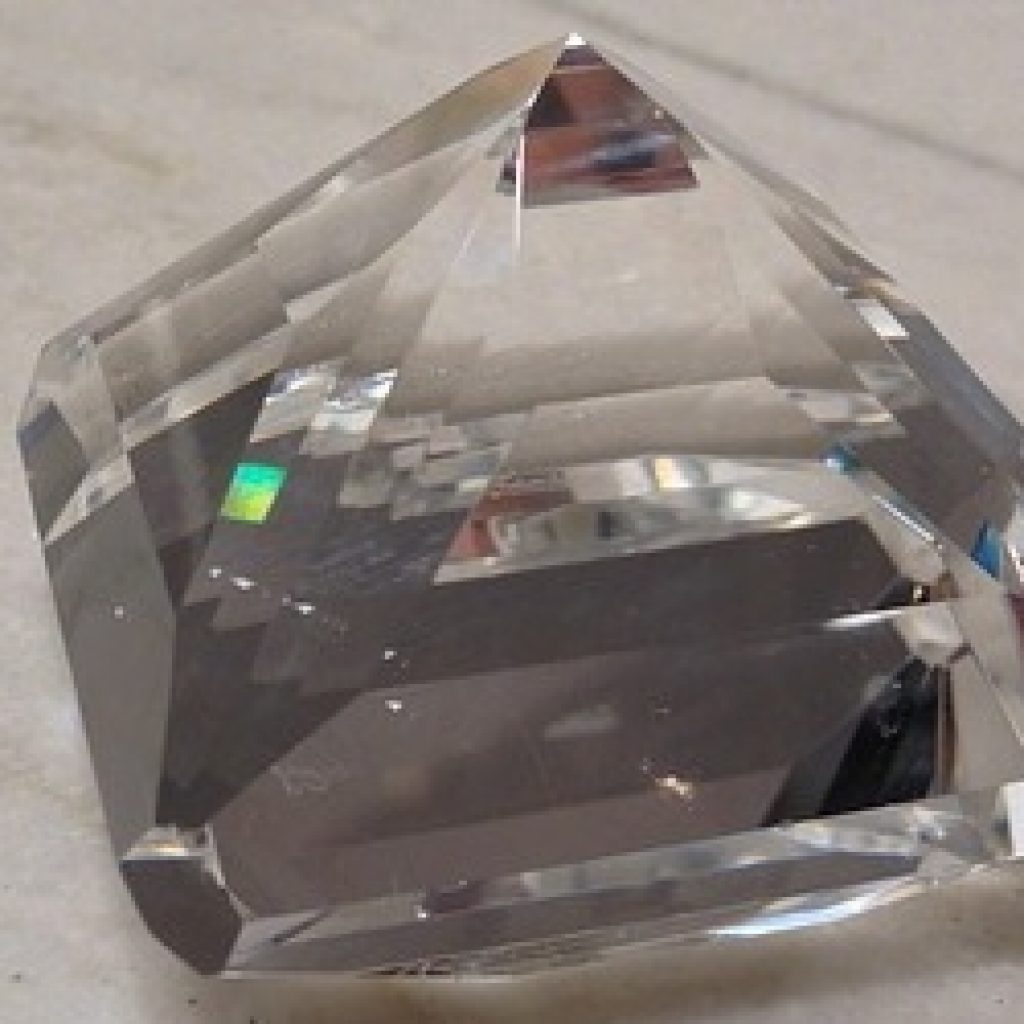(MIT.edu) MIT researchers develop a new way to control and measure energy levels in a diamond crystal; this could improve qubits in quantum computers.
The researchers both created and characterized new quantum systems demonstrating dynamical symmetry — particular kinds of behavior that repeat periodically, like a shape folded and reflected through time.
“There are two problems we needed to solve,” says Changhao Li, a graduate student in the lab of Paola Cappellaro, a professor of nuclear science and engineering. Li published the work recently in Physical Review Letters, together with Cappellaro and fellow graduate student Guoqing Wang. “The first problem was that we needed to engineer such a system. And second, how do we characterize it? How do we observe this symmetry?”
Concretely, the quantum system consisted of a diamond crystal about a millimeter across. The crystal contains many imperfections caused by a nitrogen atom next to a gap in the lattice — a so-called nitrogen-vacancy center. Just like an electron, each center has a quantum property called a spin, with two discrete energy levels. Because the system is a quantum system, the spins can be found not only in one of the levels, but also in a combination of both energy levels, like Schrodinger’s theoretical cat, which can be both alive and dead at the same time.
One engineering application is in quantum computers, systems that manipulate qubits, bits that can be not only 0 or 1, but a combination of 0 and 1. A diamond’s spin can encode one qubit in its two energy levels.
Qubits are delicate: they easily break down into simple bit, a 1 or a 0. Or the qubit might become the wrong combination of 0 and 1. “These tools for measuring dynamical symmetries,” Engelhardt says, “can be used to as a sanity check that your experiment is tuned correctly — and with a very high precision.”
The MIT team already has their sights set on extensions to this work. “The next step is to apply our method to more complex systems and study more interesting physics,” Li says.
MIT Researchers Created & Characterized New Quantum Systems in Diamond Crystals & Demonstrated Dynamical Symmetry
